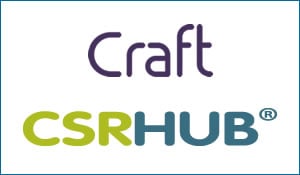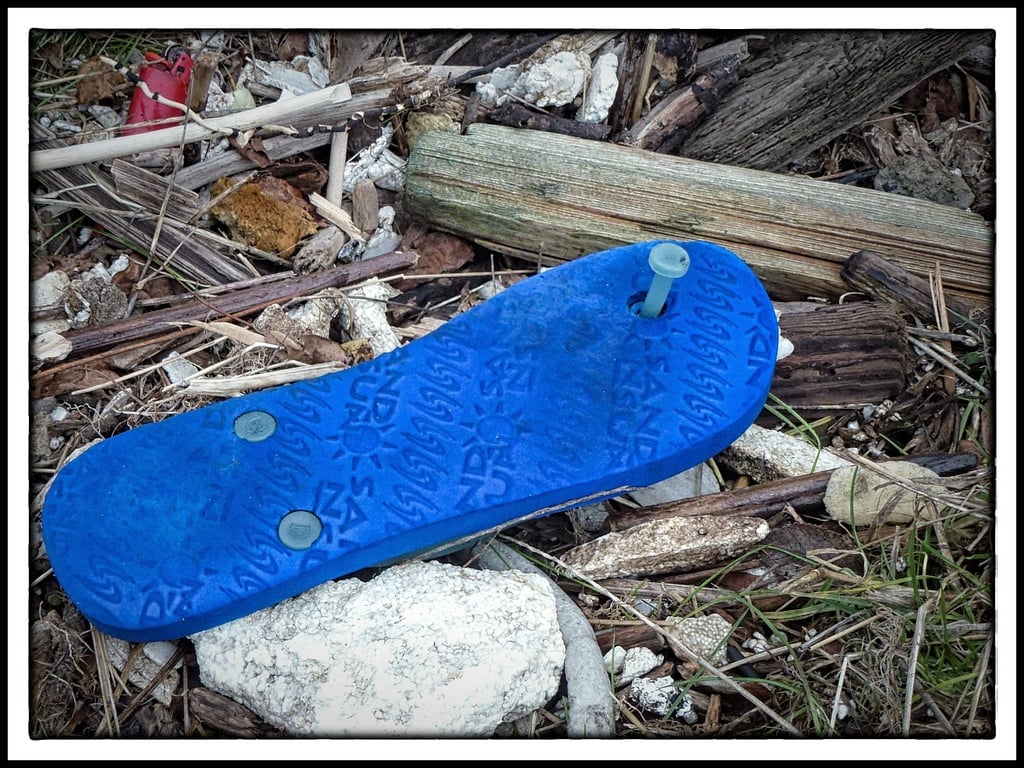This post was originally published through Sustainable Life Media.
By Cynthia Figge
Most companies carefully watch the strategy and performance of their competitors. When they see a new product, a change in a business process, or a new marketing program, they look for ways to respond competitively.
Over the past few years, an increasing number of companies have discovered that socially responsible corporate behavior and sustainable practices can give them an advantage over their competitors. Becoming known as “green” or “employee-engaged,” or developing eco-labeled, sustainable products and services, can lead to recognition from community groups, awards from non-governmental organizations, positive social media buzz, and improved employee, customer and supplier loyalty. Companies that lead on social and environmental performance have been rewarded both in the marketplace and by investors – see this report by NYSE EuroNext.
As a result, companies should measure their competitive corporate social responsibility (CSR) position. Companies need to know how they stack up against the ten or twenty competitors, customers, suppliers and best in class companies they most closely benchmark, on issues such as climate change policy, GHG emissions, standards adoption, diversity and other human resource policies, human rights issues, community involvement, and board governance. When there is a weakness or “hot spot,” they can articulate plans to improve their performance and attain at least parity with their competitors, on this increasingly important field of endeavor.
To become truly competitive in CSR and sustainability, companies must build appropriate tracking systems. Further, they need to increase their disclosure of their progress—both the places they have done well and those they still lag—so that they can get credit for their improvements, as they occur. Again, there are good tools available to manage these processes, including adopting GRI reporting, ISO14001, and ISO 25000 accounting systems.
Those with good memories or knowledge of corporate history will know that the SEC and FAF financial reporting standards that were put in place during the 1960s and 1970s had a dramatic effect on company competitive strategies. Those companies who were able to manage and forecast earnings strongly outperformed those who could not. In the same way, companies who are able to effectively manage their competitive CSR strategies and respond to the rising tide of reporting requirements and standards will outperform those who do not.
Financial analysts, especially those who manage their company’s Annual Report and 10K reporting, investor relations (IR), and corporate communications managers can use tools such as CSRHUB to easily take the first step on this benchmarking journey. CSRHUB is a web based service that gives its users access to more than 125 sources of CSR information. The CSRHUB database aggregates information from seven leading socially responsible investing (SRI) research houses, Carbon Disclosure Project, plus publishers, non-governmental organizations (NGOs), crowd sources, and government agencies. Using a proprietary system for mapping and normalizing this broad range of information of over 3 million data elements, CSRHUB provides consistent ratings across twelve subcategories covering employee, environmental, community, and governance issues. The search system allows users to find and compare the ratings of about 5,000 companies in 135 industry sectors in 65 countries. Analysts can see how a variety of stakeholders view their company. This is especially helpful when doing their materiality analysis for a Global Reporting Intiative (GRI) Sustainability Report.
Here we showcase an example of a sustainability manager’s benchmark analysis using CSRHUB’s ratings of several companies in the mining industry. On a scale of 0 to 100 points, we compare several aluminum and steel companies to the Mining sector (excluding Oil and Gas), the CSRHUB average score for all 4,830 companies, the USA companies in the database, and GE.
This snapshot analysis illustrates how a mining company can use a benchmark analysis to:
- gauge their progress against leaders and laggards,
- determine hot spots for improvement,
- detect how high the bar is on transparency (in this case example, Hydro and GE lead on transparency and reporting),
- build a CSR competitive strategy to lead or fast-follow.
Companies routinely measure their brand strength, innovation, cost position, and financial performance. They then compare these measures against their competitors and use the results of these benchmarking exercises to refine their strategies and operating processes. As sustainability becomes a central part of everyday business, companies will need to add sustainability measurement into their planning and strategy processes. We expect competitive sustainability to become a long term driver of corporate social responsibility performance.



